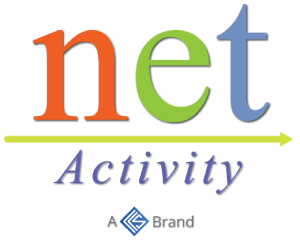Google Adds Several New Password Features To Help Users
Google is taking additional steps to provide a safer and more secure environment for their massive user base. Chrome is the most widely used browser in the world. In recent months, Google has made moves to provide better password security. Most recently, they released a Chrome Extension called Password Checkup that scans all of your stored login credentials to see if they’ve been found in data breaches. If they have been breached, it prompts you to change them.
As good and helpful as that is, the company has taken an additional step and has now integrated the Password Checkup tool directly into Google’s Password Manager.
Here’s how it works:
- Open your Google Password Manager, which you can access via https://passwords.google.com.
- When the page displays, you’ll see a new link labelled “Check Passwords.” Click that.
- Google will then proceed to check your stored login credentials to see:
- If any of your passwords have been exposed via a third-party data breach
- If the password in question is being reused among multiple sites
- Assess the relative strength of all of your stored passwords.
Once this check is complete, it will display the results in different categories that show you exactly which passwords are at risk, and why they were flagged. From there, you’ll be able to change any problematic passwords and re-run the check to give yourself a clean bill of health.
This is a fantastic move, but the company isn’t stopping there. Ultimately, the company plans to have Chrome automatically alert you when your saved passwords were discovered in a breach and allow you to act immediately to change them and keep your accounts safe.
When the plan is fully realized, Google’s password security feature built into Chrome will rival the capabilities of many paid password management offerings, and that’s a very good thing indeed. Kudos to Google for raising the bar.







